Animals: General Journals & Articles
Further resources, if available, can be found in our full bibliography.
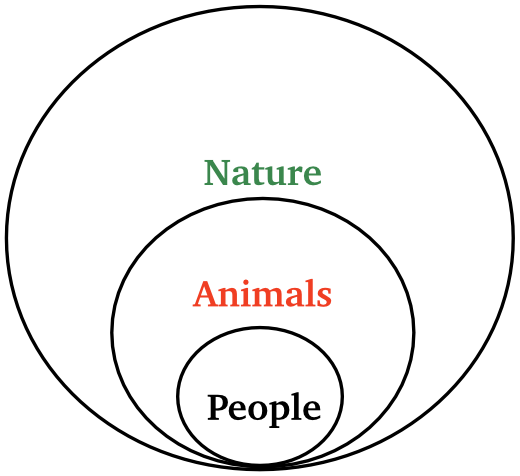
People•Animals•Nature
People•Animals•Nature (PAN) is a publication of PAN Works, a center for ethics and policy dedicated to the wellbeing of animals.
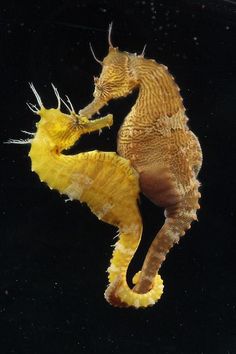
Animal Sentience is published by WellBeing International, which works to advance the application of scientific and technical analysis and expertise to human well-being, animal well-being and environmental sustainability worldwide, and to reinforce the importance of scholarship and relevant data collection to these fields. The journal contents are freely available to anybody with access to the internet.
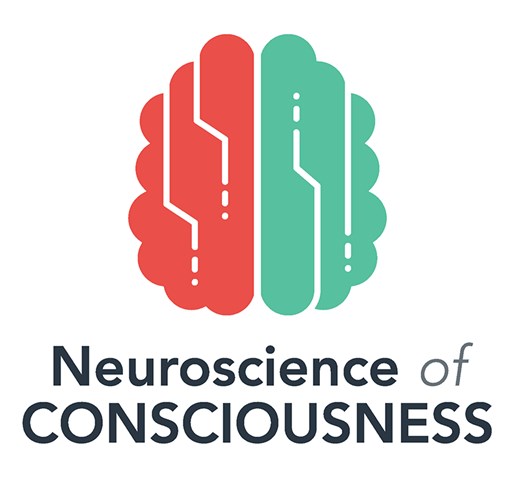
Neuroscience of Consciousness
2015-Present
Neuroscience of Consciousness is an open access journal which publishes papers on the biological basis of consciousness, welcoming contributions from neuroscience, cognitive science, psychology, philosophy, computer science, and allied disciplines. As well as the primary phenomenon of consciousness itself, relevant topics include interactions between conscious and unconscious processes; selfhood; emotion; metacognition and higher-order consciousness; intention, volition, and agency; individual differences in consciousness; altered states of consciousness; disorders of consciousness in psychiatry and neurology; and consciousness in infants, non-human animals, and machines.

Animals
2011-Present
Animals is an international and interdisciplinary scholarly open access journal. It publishes original research articles, reviews and communications that offer substantial new insight into any field of study that involves animals, including zoology, ethnozoology, animal science, animal ethics and animal welfare. However, preference will be given to those articles that provide an understanding of animals within a larger context (i.e., the animals' interactions with the outside world, including humans).
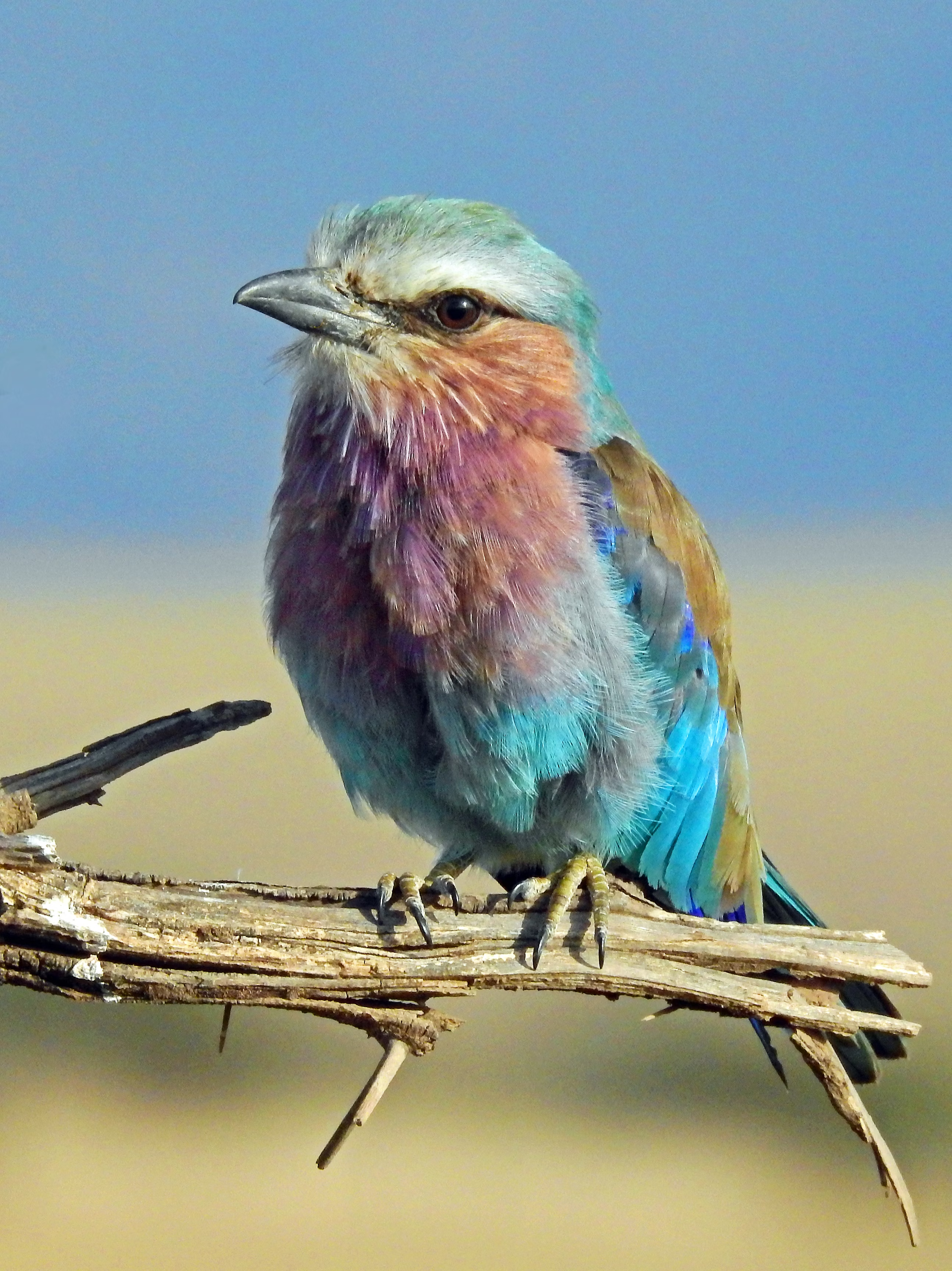
Humanimalia is an interdisciplinary, open-access, peer-reviewed journal that has three aims: to explore and advance the vast range of scholarship on human–animal relations, to encourage exchange among scholars working from a variety of disciplinary perspectives, and to promote dialogue between the academic community and those working closely with animals in non-academic fields. Its editors invite innovative work that situates these topics within contemporary culture via a variety of critical approaches, including but not limited to feminism, queer theory, critical race studies, political economy, ethnography, ethnozoology, literary criticism, science and technology studies, and media studies. As much as possible, Humanimalia seeks papers that acknowledge and seek to advance a more-than-human conception of aesthetics, culture, and society.
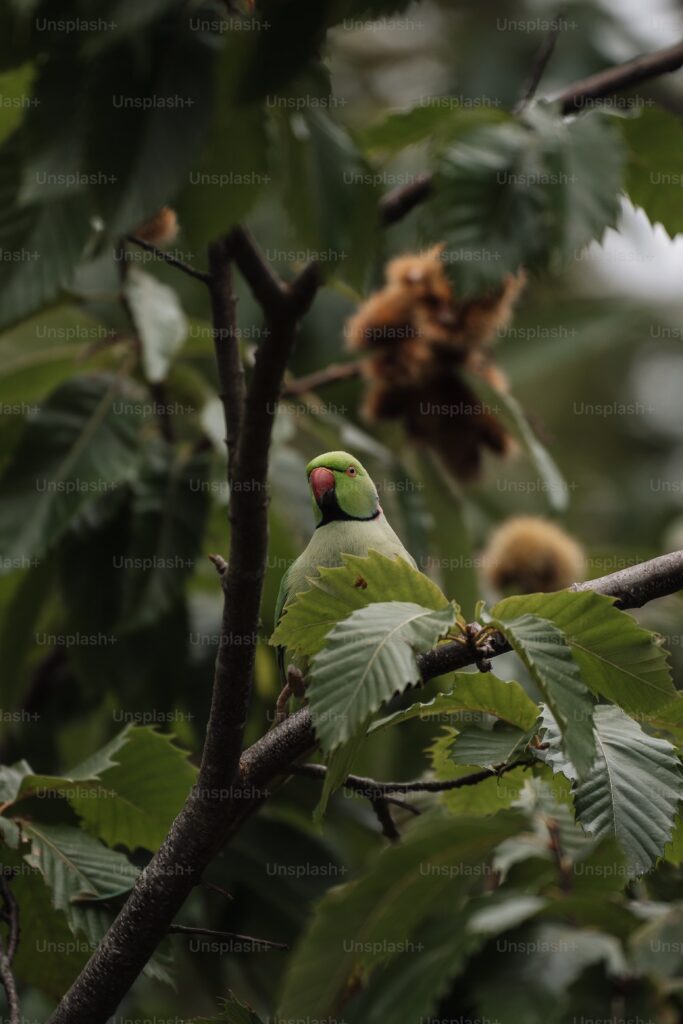
This listing from Yale’s Sterling Memorial Library covers databases, LC call number ranges, and major resources for research in animal behavior.
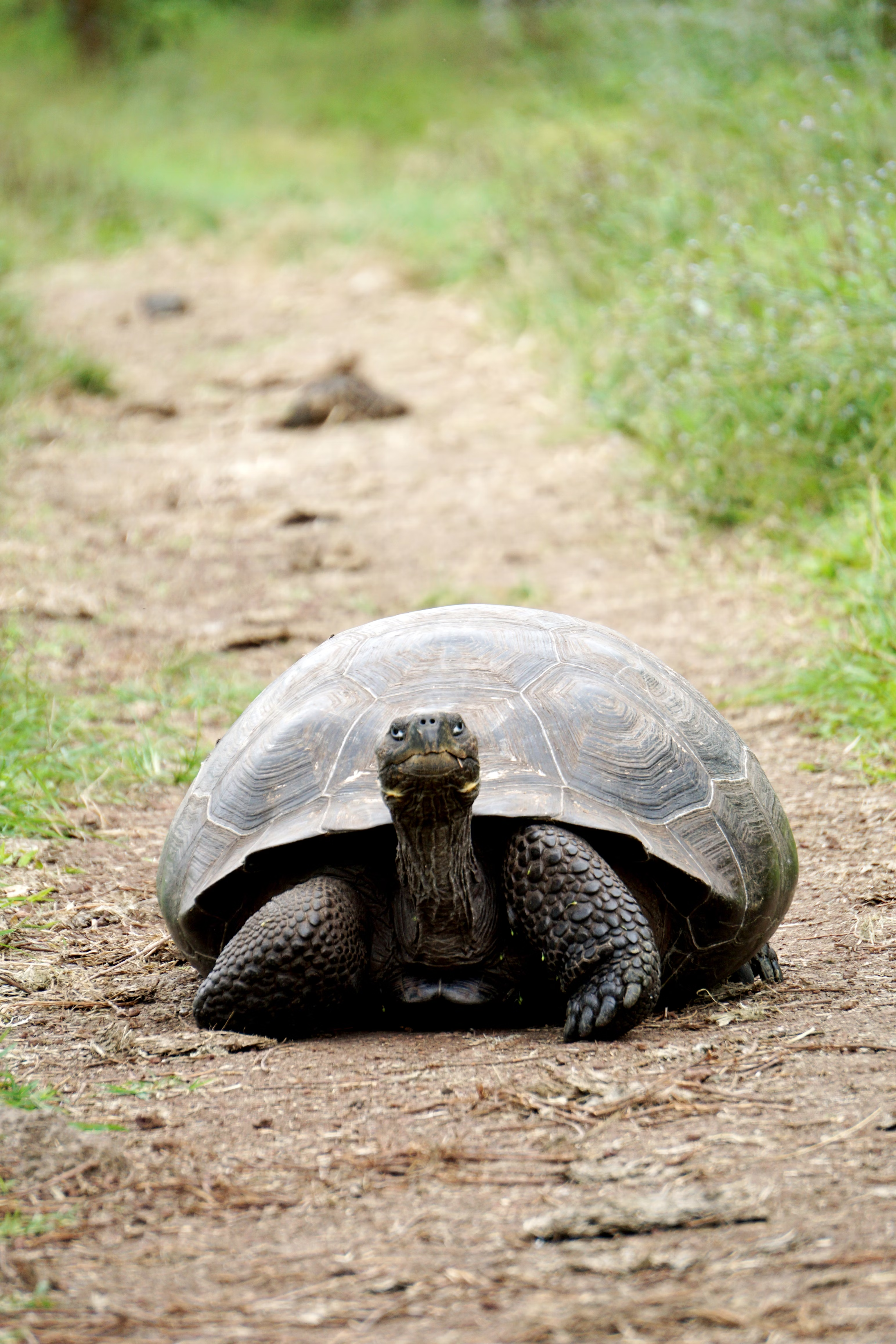
"Background to the New York Declaration on Animal Consciousness"
Kristin Andrews, Jonathan Birch, Jeff Sebo, Toni Sims
The last ten years have been an exciting time for the science of animal cognition and behavior. Striking new results have hinted at surprisingly rich inner lives in a very wide range of other animals, including many invertebrates, driving renewed debate about animal consciousness. This article includes several examples and summaries of evidence presented at the April 19, 2024 event on “The Emerging Science of Animal Consciousness.” Contains a reference list for resources on animal consciousness.

"'All Animals Are Conscious': Shifting the Null Hypothesis in Consciousness Science"
Kristin Andrews
The marker approach is taken as best practice for answering the distribution question: Which animals are conscious? However, the methodology can be used to increase confidence in animals many presume to be unconscious, including C. elegans, leading to a trilemma: accept the worms as conscious; reject the specific markers; or reject the marker methodology for answering the distribution question. Andrews defends the third option and argues that answering the distribution question requires a secure theory of consciousness. Accepting the hypothesis that all animals are conscious will promote research leading to secure theory, which is needed to create reliable consciousness tests for animals and AIs. Rather than asking the distribution question, humans should shift to the dimensions question: How are animals conscious?

"Studying Animal Feelings: Integrating Sentience Research and Welfare Science"
Heather Browning, Walter Veit
The goal of this article is to bring together two fields of research–animal sentience research and animal welfare science—with the aim of advancing human understanding of non-human animal emotions, especially their subjectively experienced or “felt” component (feelings). While these two research areas share a common interest in animal feelings, they have had surprisingly little interaction. In this paper, Browning and Veit make a call for the integration of these fields and outline some of the ways in which work done in each of these areas can inform and benefit the other, such as strengthening the theoretical and conceptual bases of both fields, and sharing methods used by each, advocating further future collaboration for the benefit of both disciplines.
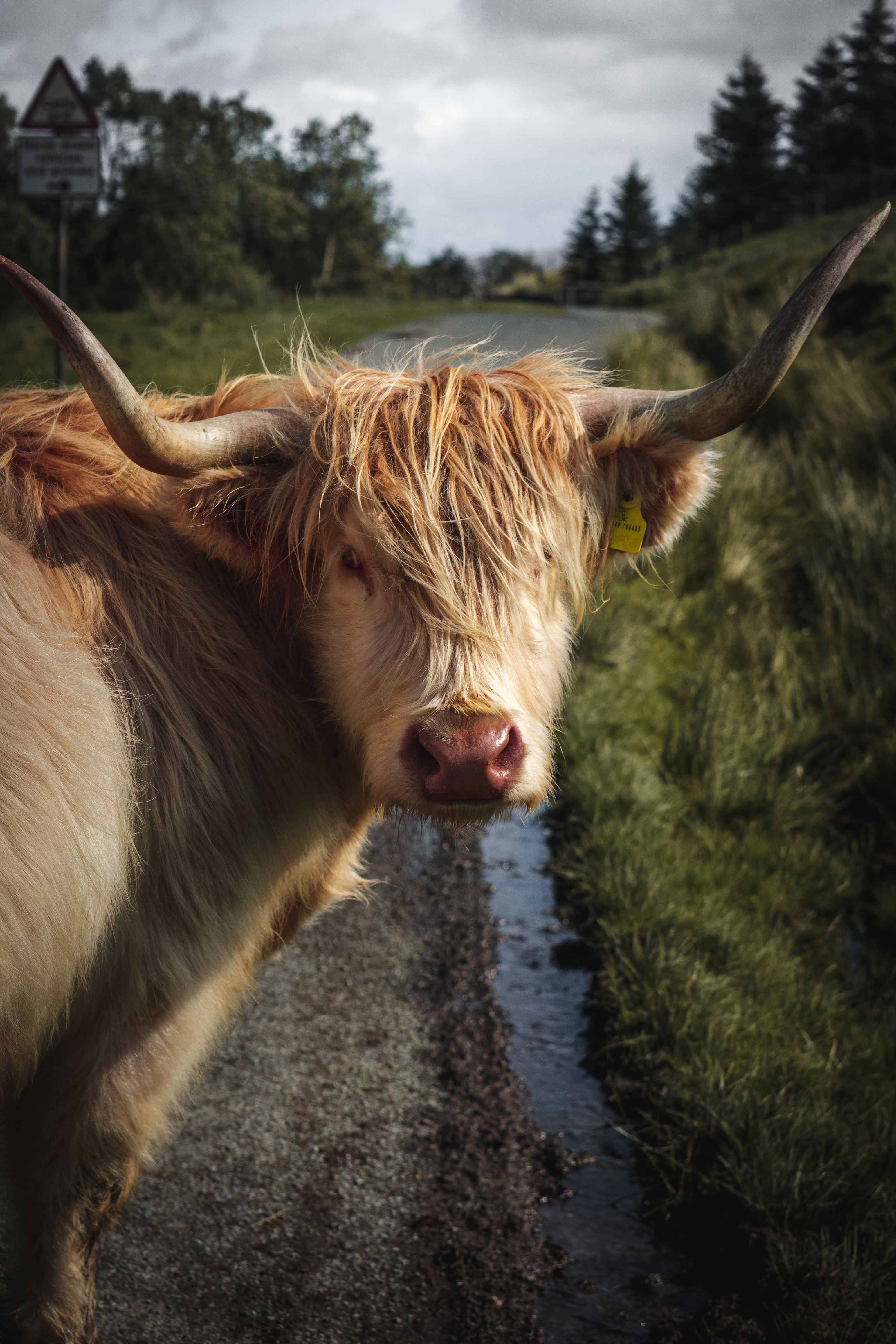
"The Sentience Shift in Animal Research"
Heather Browning, Walter Veit
One of the primary concerns in animal research is ensuring the welfare of laboratory animals. Modern views on animal welfare emphasize the role of animal sentience, i.e. the capacity to experience subjective states such as pleasure or suffering, as a central component of welfare. The increasing official recognition of animal sentience has had large effects on laboratory animal research. Animal sentience has furthermore been recognized in legislation in the European Union, UK, New Zealand, and parts of Australia, with discussions underway in other parts of the world to follow suit. In this paper, Browning and Veit analyze this shift towards recognition of sentience in the regulation and practice in the treatment of laboratory animals and its effects on animal welfare and use.
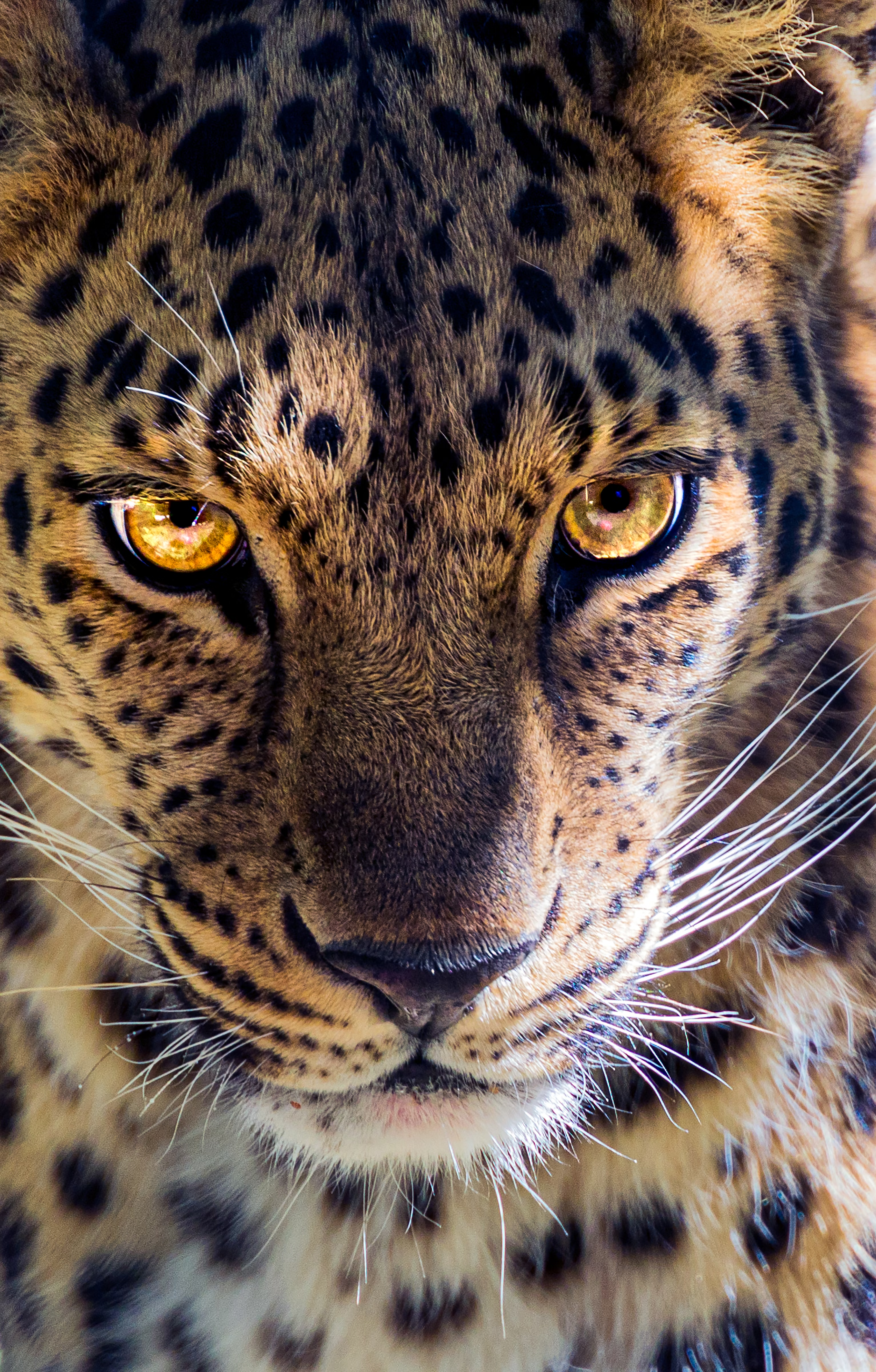
Sentience sometimes refers to the capacity for any type of subjective experience, and sometimes to the capacity to have subjective experiences with a positive or negative valence, such as pain or pleasure. Browning and Birch review recent controversies regarding sentience in fish and invertebrates and consider the deep methodological challenge posed by these cases. Then they present two ways of responding to the challenge. In a policy-making context, precautionary thinking can help humans treat animals appropriately despite continuing uncertainty about their sentience. In a scientific context, people can draw inspiration from the science of human consciousness to disentangle conscious and unconscious perception (especially vision) in animals. Browning and Birch contend that developing better ways to disentangle conscious and unconscious affect is a key priority for future research.

"What Emotions Might Be Like in Other Animals"
Joseph E. LeDoux
The article analyses the special relationship with the world of plants developed by anthroposophy from the framework of a new perspective called the “plant turn” (Myers 2015). Anthroposophy (AS) is analysed as a peculiar form of Analogism (Descola 2005), historically derived from the philosophy of Rudolf Steiner and subsequently evolved into contemporary AS practices that the author encountered during her fieldwork in a community of North-Eastern Italy. Both Steiner’s texts and the analysis of contemporary practices of AS reveal a relationship with the world of plants that the author reads in light of Ingold’s categories of “interweaving” of the world, the interpenetration of elements, and their ceaseless becoming (Ingold 2011). The result is a representation of the vegetal world involving the whole cosmos, humans and non-humans, terrestrial and celestial, in a cosmic expansion of the relations between beings typical of Analogisms. The practices referring to the vegetal world enacted by anthroposophists are intense, engaging, dialogue-based and provocative in their ability to uproot many elements of naturalism and deal with a contemporary world characterised by ecological crisis.
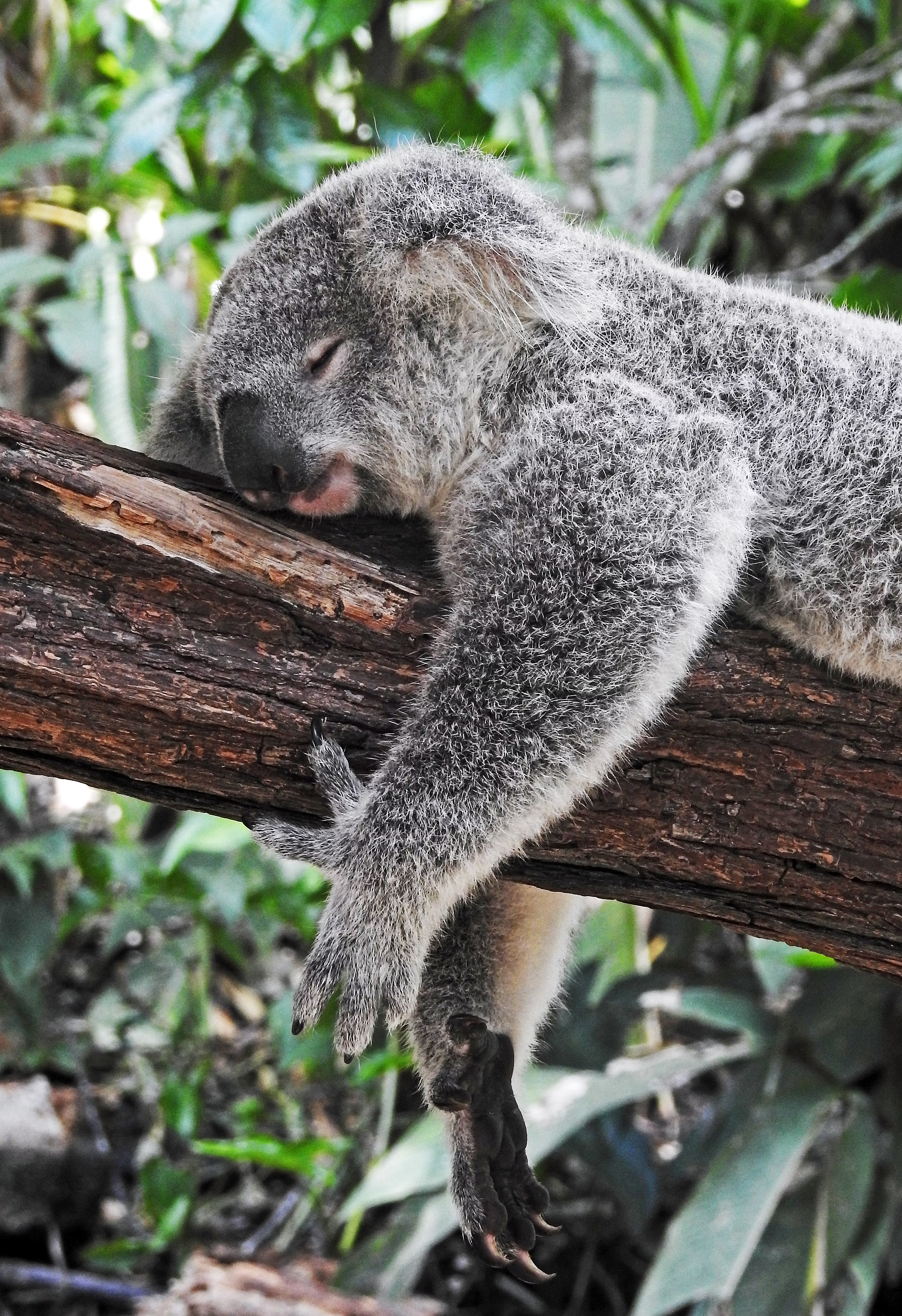
"Dimensions of Animal Consciousness"
Jonathan Birch, Alexandra K. Schnell, Nicola S. Clayton
If humans try to make sense of variations of consciousness across the animal kingdom using a single sliding scale to rank species as “more conscious” or “less conscious” than others, claims Birch et al., they will inevitably neglect important dimensions of variation. There is a need for a multidimensional framework that allows the conscious states of animals to vary continuously along many different dimensions, so that a species has its own distinctive consciousness profile. This article presents such a multidimensional framework for understanding interspecies variation in states of consciousness. The framework distinguishes five key dimensions of variation: perceptual richness, evaluative richness, integration at a time, integration across time, and self-consciousness. For each dimension, existing experiments that bear on it are reviewed and future experiments are suggested.
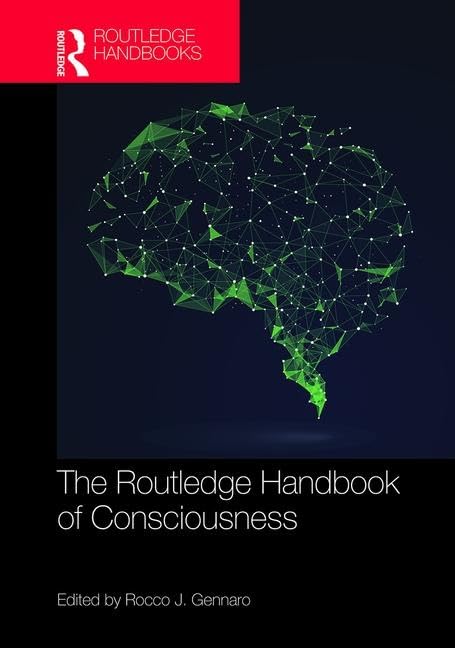
"Animal Consciousness"
Sean Allen-Hermanson
Rocco J. Gennaro
Animal consciousness continues to draw the attention of philosophers, scientists and general audiences and is tethered to ongoing debates about fundamental questions of mind, knowledge, and morality. Phenomenal consciousness is very hard to define without reference to itself. Knowing which animals are sentient and knowing what it is like, that is, what kind of consciousness they possess, are respectively known as the Distribution and Phenomenological questions and essentially aspects of the problem of other minds extended to non-humans. Indeed, human ignorance about other species is arguably the quintessential formulation. As much more has been written on the problem of distribution, this chapter focuses on providing an overview of the main philosophical responses to curiosity about which animals are conscious.
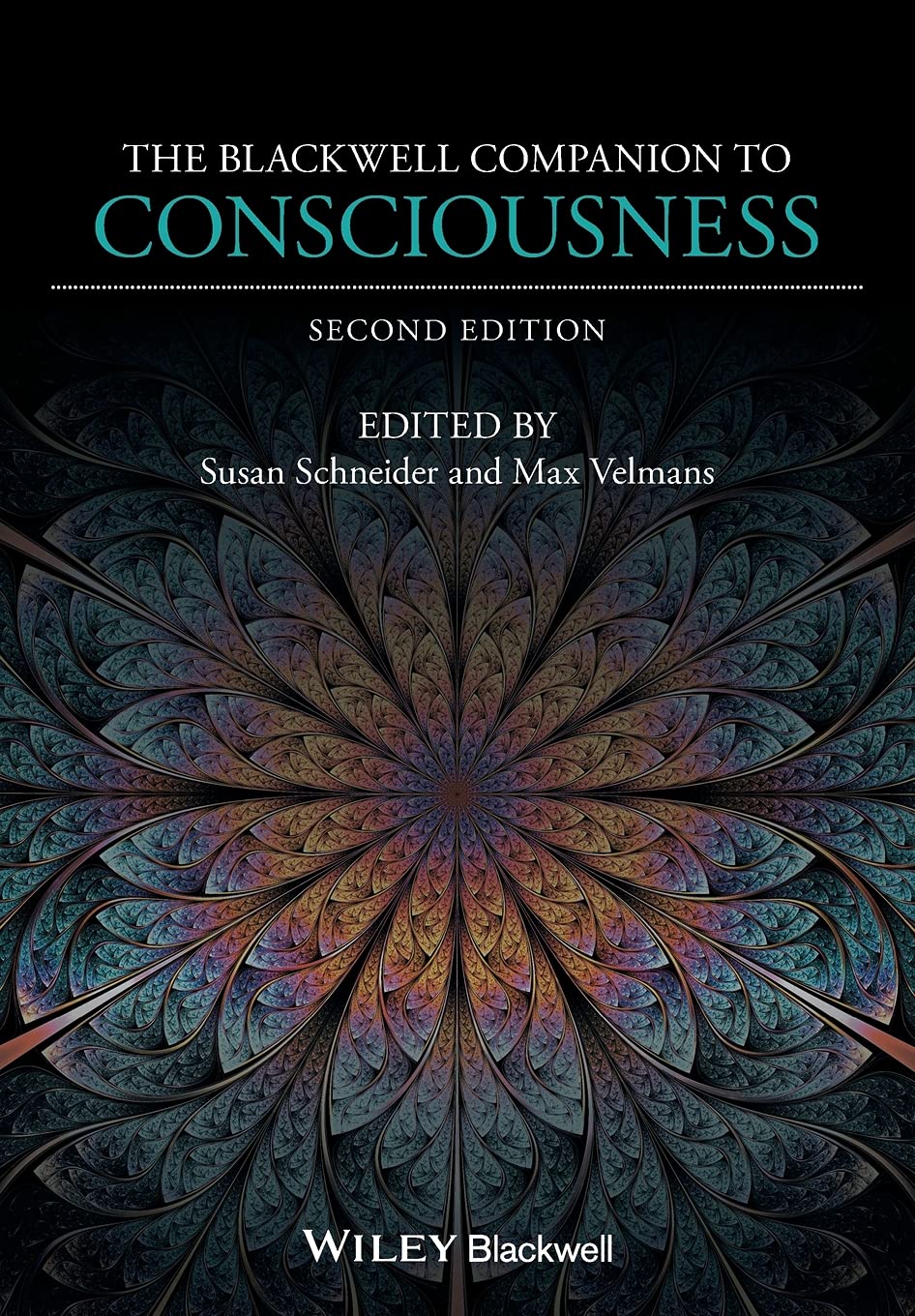
"Animal Consciousness"
Colin Allen, Michael Trestman
Susan Schneider, Max Velmans
This article surveys philosophical and scientific issues arising from questions about animal consciousness. These questions include: which animals have consciousness and what (if anything) that consciousness might be like. The article discusses motivations for studying animal consciousness, and the common framing of such issues by analogy to the human case. Various concepts of consciousness, their historical background, and the related epistemological and metaphysical issues are described. Theories about the structure and function of consciousness are identified and assessed in the context of ideas about the evolution and distribution of consciousness, and comparative approaches to specific cognitive capacities that have often been taken to indicate that humans are not the only conscious animals.
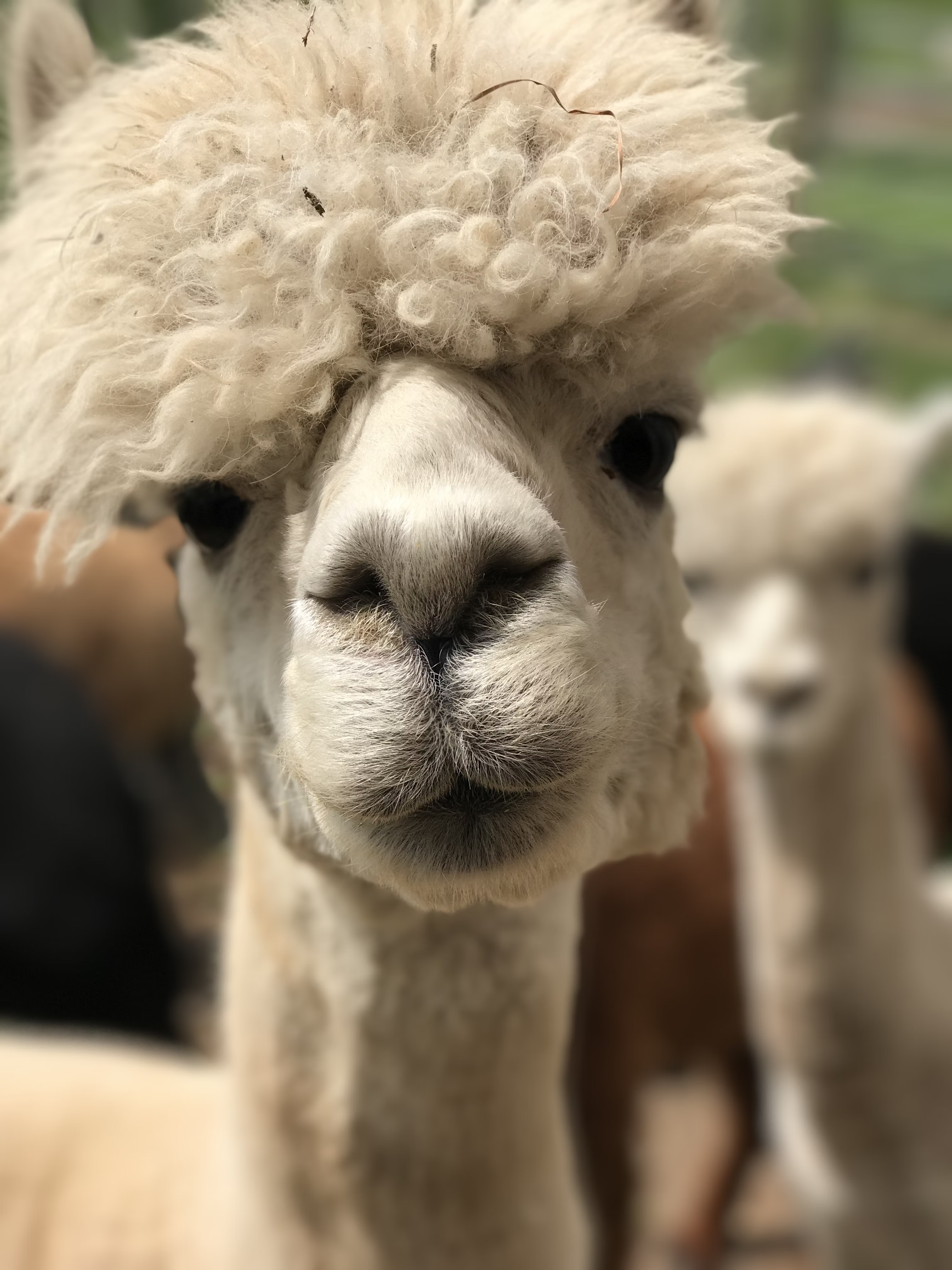
"Searching for Animal Sentience: A Systematic Review of the Scientific Literature"
Helen Proctor, Gemma Carder, Amelia Cornish
The emotional lives of non-human animals are often doubted and questioned. Due to the subjective nature of animal emotions, many think that they are out of the reach of scientific measurement. In this systematic review of over two decades of scientific literature, Proctor et al. found that this was not actually the case. By using a list of keywords, formed of both positive and negative emotions, and terminology relating to animal sentience, the researchers reviewed the scientific literature. They found that the subjective lives of animals are not only a vital part of human medical research but are regularly measured and studied with scientific rigor.

"The Changing Concept of Animal Sentience"
Ian J.H. Duncan
After a brief history of the concept of sentience is given, this article points out that the idea of sentience, at least in the mammals and birds, was accepted by lay people since the time of the Renaissance. It was not until the Enlightenment of the 18th century that philosophers started to accept the notion that animals have feelings. Towards the end of the 19th century, scientists and philosophers had developed a fairly sophisticated concept of sentience. Little consideration was given to sentience by scientists through much of the 20th century due to the inhibiting influence of Behaviorism. In the last quarter of the 20th century, there was a surge of interest in animal sentience, and animal welfare scientists quickly realized that welfare problems can be better tackled with an understanding of how animals feel.

"Affective Consciousness: Core Emotional Feelings in Animals and Humans"
Jaak Panksepp
Panksepp contends that the bedrock of emotional feelings is contained within the evolved emotional action apparatus of mammalian brains. He asserts that primary process affective consciousness seems to be fundamentally an unconditional ‘‘gift of nature’’ rather than an acquired skill, even though those systems facilitate skill acquisition via various felt reinforcements. Affective consciousness, being a comparatively intrinsic function of the brain, shared homologously by all mammalian species, should be the easiest variant of consciousness to study in animals. Through a study of specific brain systems, the neural infrastructure of human and animal affective consciousness may be revealed. Admittedly, the information-processing brain functions, critical for cognitive consciousness, are harder to study in other animals than the more homologous emotional/motivational affective state functions of the brain.
Photo Credit: Tree frog in Costa Rica; Zdeněk Macháček/Unsplash